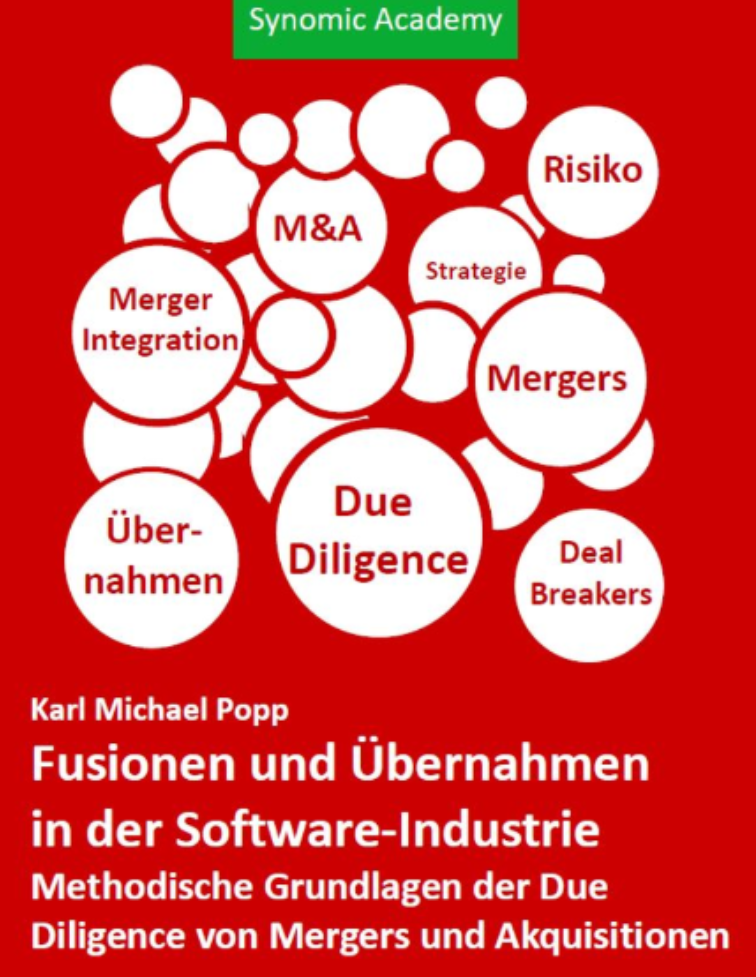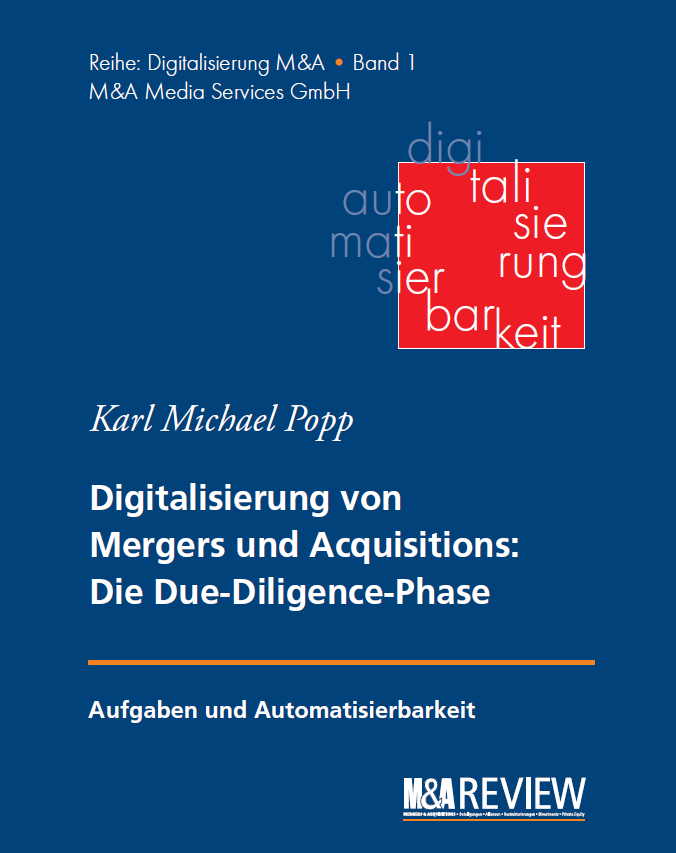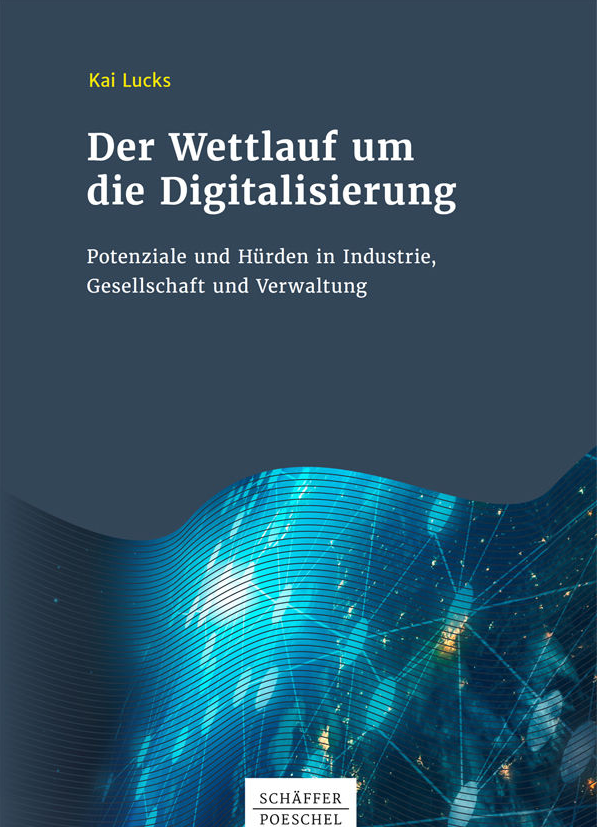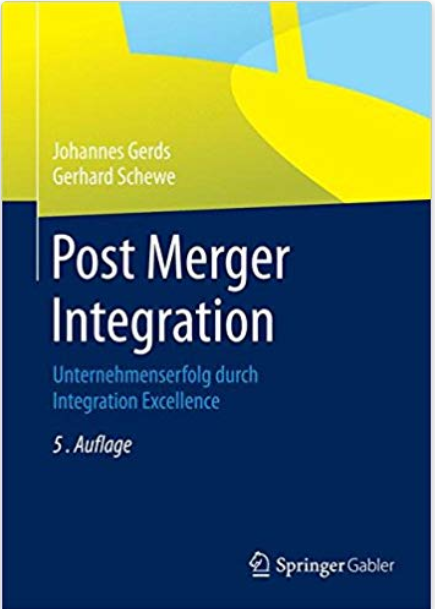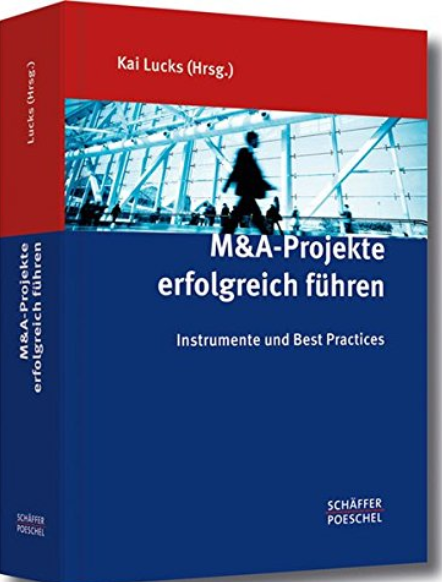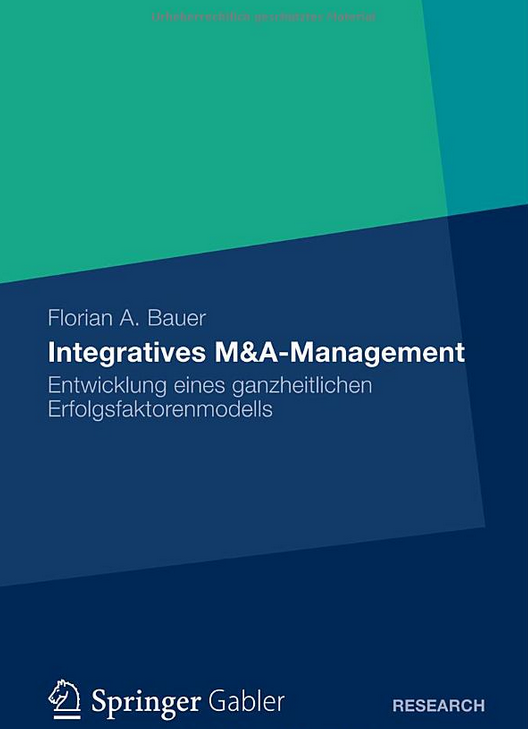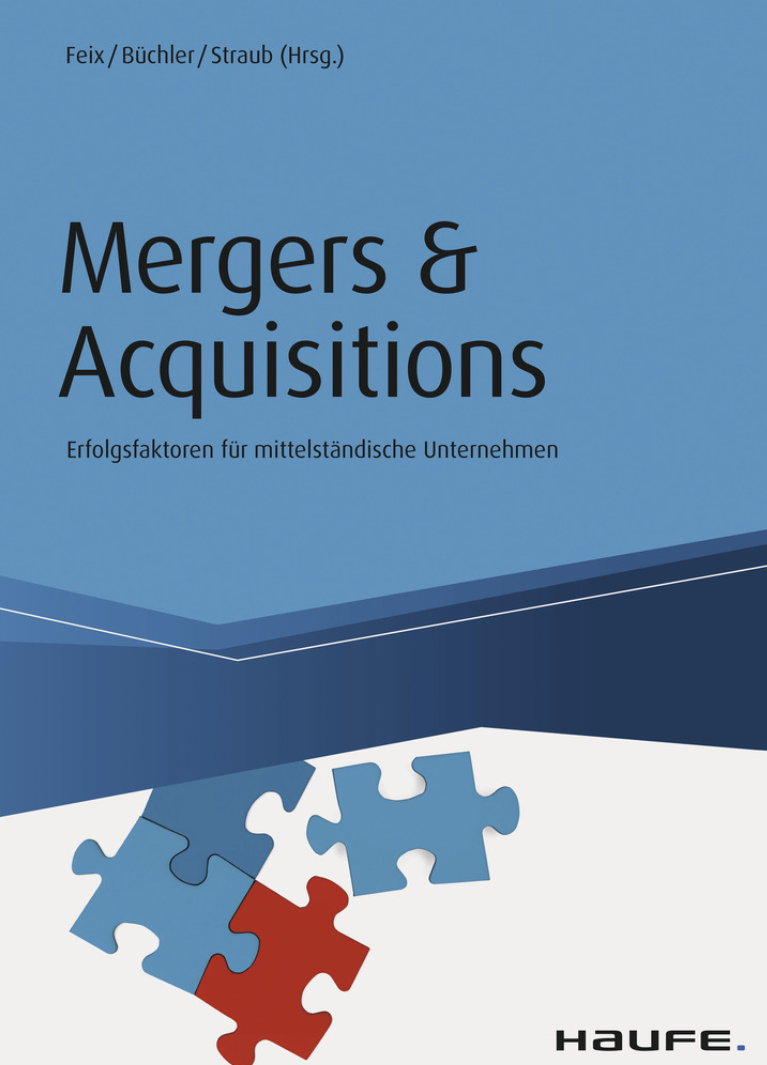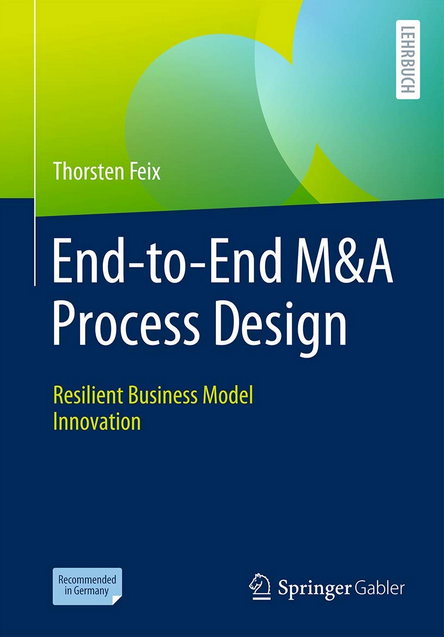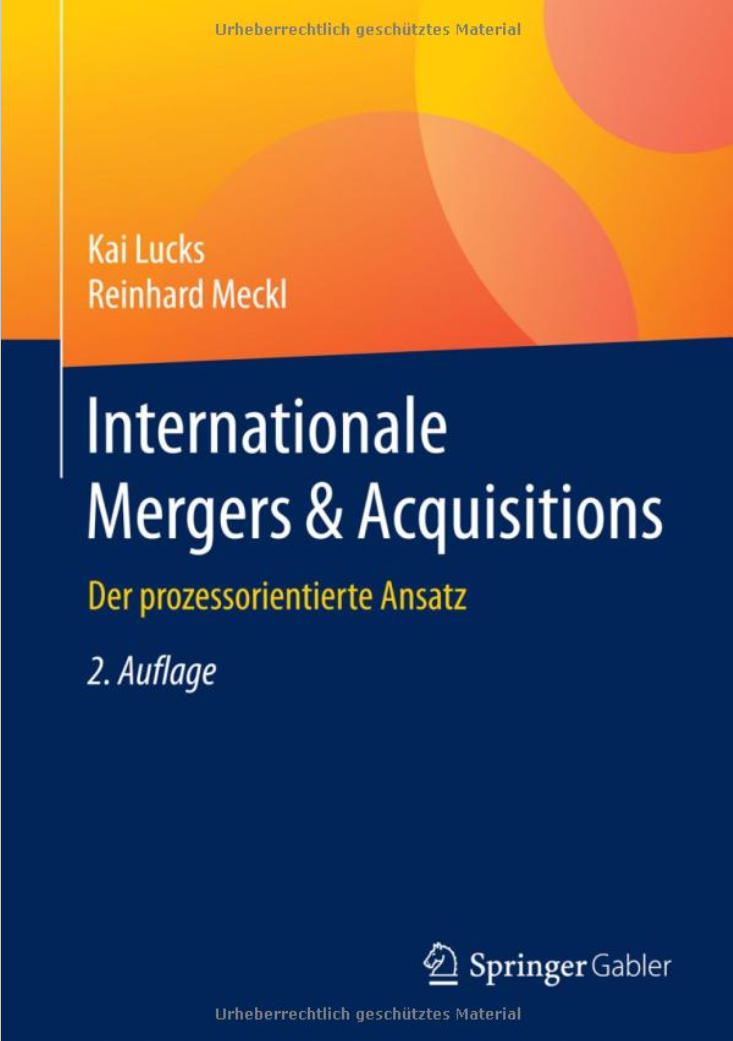M&A automation: Interview on Automation of M&A Processes
This is the transcript of an interview by Prof. Dr. Kai Lucks with Dr. Karl Michael Popp on the topic of "Digitization of M&A Processes" from July 2020.
Kai Lucks: Mr. Popp, you are propagating a reference model for a digitized M&A process. What is the potential of this model in view of the lack of application knowledge and different M&A procedure models in companies?
Karl-Michael Popp: As the first step, users must understand what is technically feasible today. The second step I see is that the processes in many companies are quite different. So it makes sense to use a reference model. In his current book, Prof. Thorsten Feix has developed a next generation M&A phase and task model. On the basis of this model it is easy to consider which processes can be automated or at least partially automated with the help of which tools. Thus a kind of orientation framework of processes and tools is created. The third step is to consider what can actually be applied from this process and tool map for a specific task in the M&A lifecycle.
Kai Lucks: On the one hand, you speak of individual tools, but in addition, a kind of backbone is needed to which these tools can be connected. Is the typical virtual data room suitable for this?
Karl-Michael Popp: In order to automate the entire process as end-to-end as possible, you need a kind of integration layer that brings together all these specialized tools via interfaces. Besides data rooms, M&A process management applications are suitable candidates for such an integration layer.
Kai Lucks: As innovative M&A tasks, you mention business model due diligence and merger integration due diligence. How should these be used so that they can be applied to achieve successful integration?
Karl-Michael Popp: Currently, the acquisition of new, digital business models and therefore innovative business models is increasing. It is particularly important to compare the business models of target and acquired and, one level below, the operational models. These results have an impact on integration plans and should be transferred to them in the form of data. The implementation of integration plans also requires certain budgets and resources, usually in the form of employees. The earlier the corresponding data is available, the better budgets and resource requirements can be planned.
Question from the podium: How far are we from a data room that can create itself completely on its own from company data, such as data stored in ERP or data warehousing systems?
Karl-Michael Popp: This technology already exists today, but we are not using it. There are very pragmatic reasons for this, because we do not want to and should not make it a reality today. A kind of data vacuum cleaner would be technically easy to implement, but there is also decision-support information that is not available in the ERP systems.
Kai Lucks: I see the main problems with strategic and legal issues. After all, the sellers want to be in control of what data is made available, and an all-encompassing data vacuum cleaner would be difficult, especially since there are limits to data protection laws.
Karl-Michael Popp: It would be conceivable to have a filtered extract that conforms to data protection regulations and is generated automatically. This would do justice to both sides, buyer and seller. Automatic anonymization is already supported by SAP.
This is an interview in line with my new book “Automation of Mergers and Acquisitions“.
CLICK OR SCAN THE QR CODE TO ORDER THE BOOK



